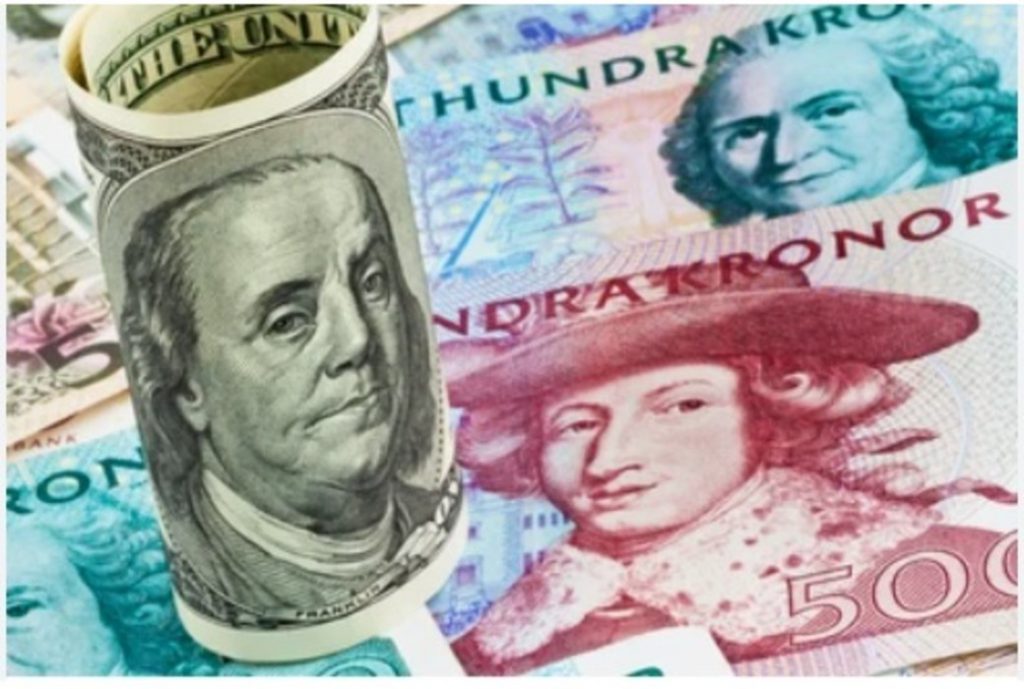The Silent Exodus: How the World Is Ditching the US Dollar (And Why Wall Street Isn’t Telling You)
Greenback's grip slips as nations pivot to alternatives—while DC sleeps at the wheel.
The unspoken dollar revolt
From Moscow to Mumbai, central banks are executing the greatest monetary heist in history—no masks, no guns, just blockchain and gold reserves. The dollar's share of global reserves just hit a 29-year low, but you wouldn't know it from CNBC's coverage.
De-dollarization playbook
BRICS nations now settle 47% of trade in local currencies. Petro-yuan contracts volume doubled since 2023. Even Europe's flirting with euro-denominated energy trades—when they're not busy regulating crypto into oblivion.
Crypto's silent coup
Bitcoin daily volumes now rival small nations' GDPs. Tether's market cap? Just $3B shy of JPMorgan's cash reserves. But sure, Jamie Dimon—keep calling it 'worthless.'
The dollar won't die tomorrow. But the funeral arrangements? Already underway—funded by a decentralized network of pissed-off sovereigns and crypto anarchists. (Goldman will still charge you 2% to read their report about it.)
World Diversifying From the US Dollar

There is no doubt that the US dollar is still the most dominant currency in the world with 86% of transactions settled in it. However, trust in the USD is being eroded and it’s no longer the solution to every nation’s financial problems. In fact, the greenback has become a problem with its $36 trillion debt that threatens the economies of emerging countries.
Its supremacy is being re-evaluated across the boardrooms of central banks where the heads are diversifying with Gold and other leading local currencies. Another problem stems from the fact that the IMF and World Bank operate under the US dollar’s purview and framework. It gives no added advantage to other currencies making them remain second in line for decades.
The US must stop the weaponization of the dollar to regain the trust of developing countries. It also needs to help other nations rise up and not trample their respective economies. If the weaponization continues, the greenback could be on the path of decline much sooner than we know.

